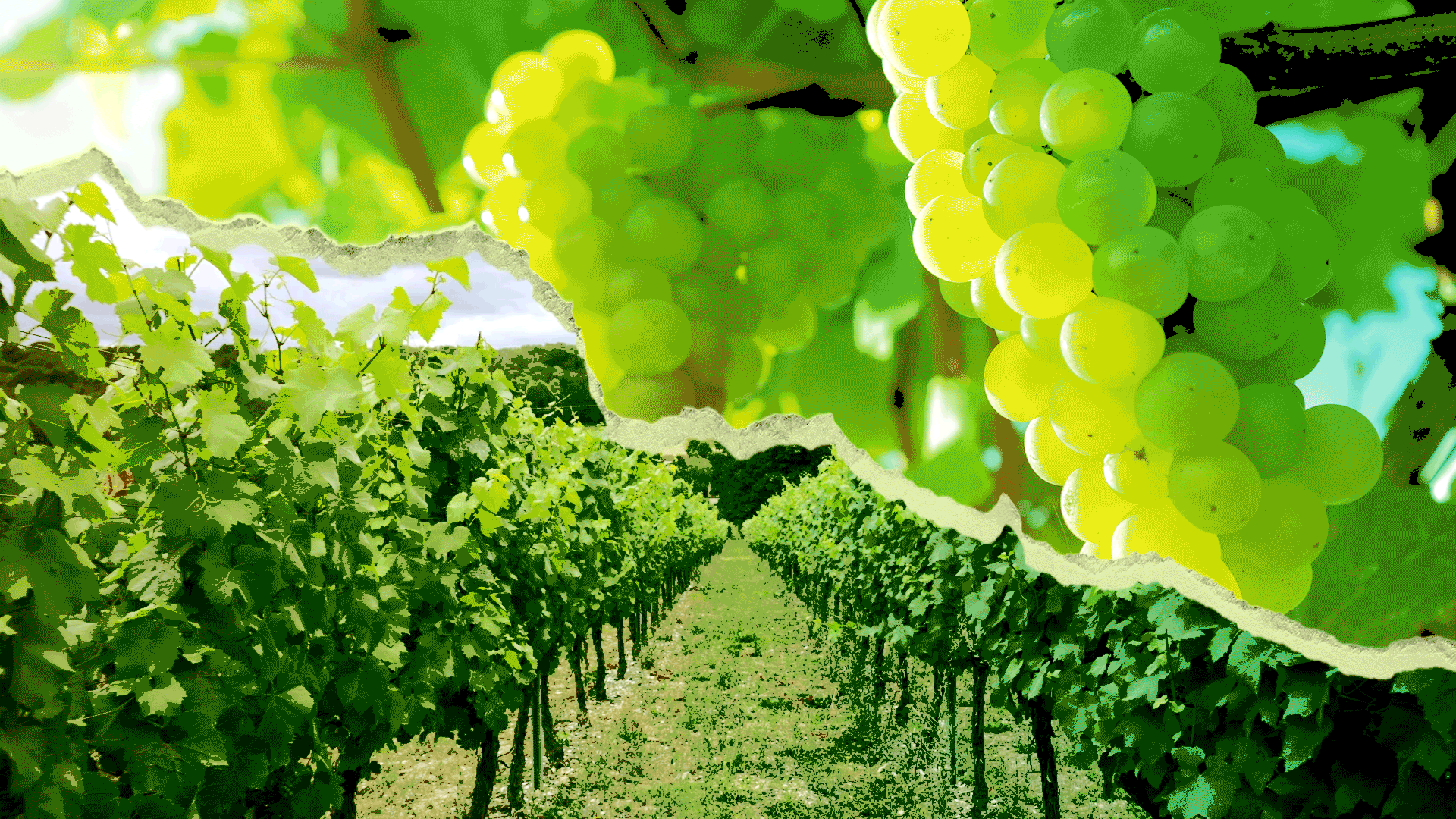
Chuan Distillery, China
The global whisky market is growing steadily and is expected to be worth more than £100bn by 2028. As well-made whisky grows in popularity so too does whisky tourism, which can be a significant secondary revenue source for whisky distilleries.
New distilleries are winning prestigious design awards, as business-savvy owners give visitors a tour while the whisky matures in the cask. But is the design of the distillery as important as the flavour of the whisky? Modus spoke to the people involved in the creation of four distilleries around the world to find out.
Lindores Abbey Distillery
Where: Fife, Scotland
Built: 2017
There are historical records of distilling taking place as early as 1494 on the site that Lindores Abbey Distillery is built on. Ewan Slight MRICS is director of Morham & Brotchie Partnership, the quantity surveyor that oversaw this project.
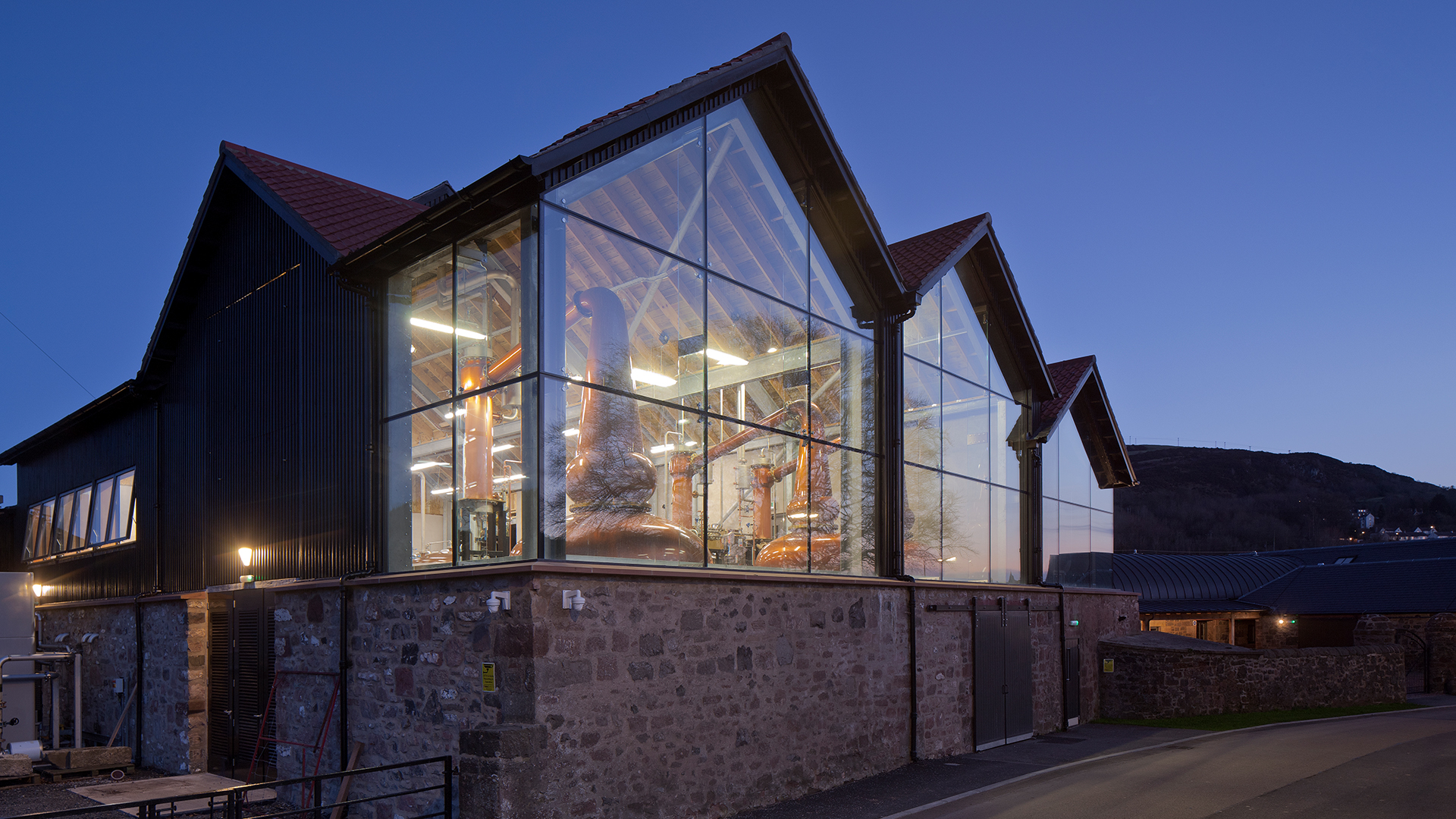
What was your involvement in the design and creation of the building?
ES: We took the proposals from Gareth Roberts at Organic Architects and worked through countless different options and gave them costs, updates and so on. We did the building works but with a distillery you’ve got all the stills and equipment to think about too. That was done by a separate company. You’ve got two contracts, one for the building and one for the stills, but the two have to merge.
We interrogate both packages to make sure everything’s been included, such as pipework. If the overall budget was somewhere around £3.3m, the stills and distilling equipment was probably £1.5m.
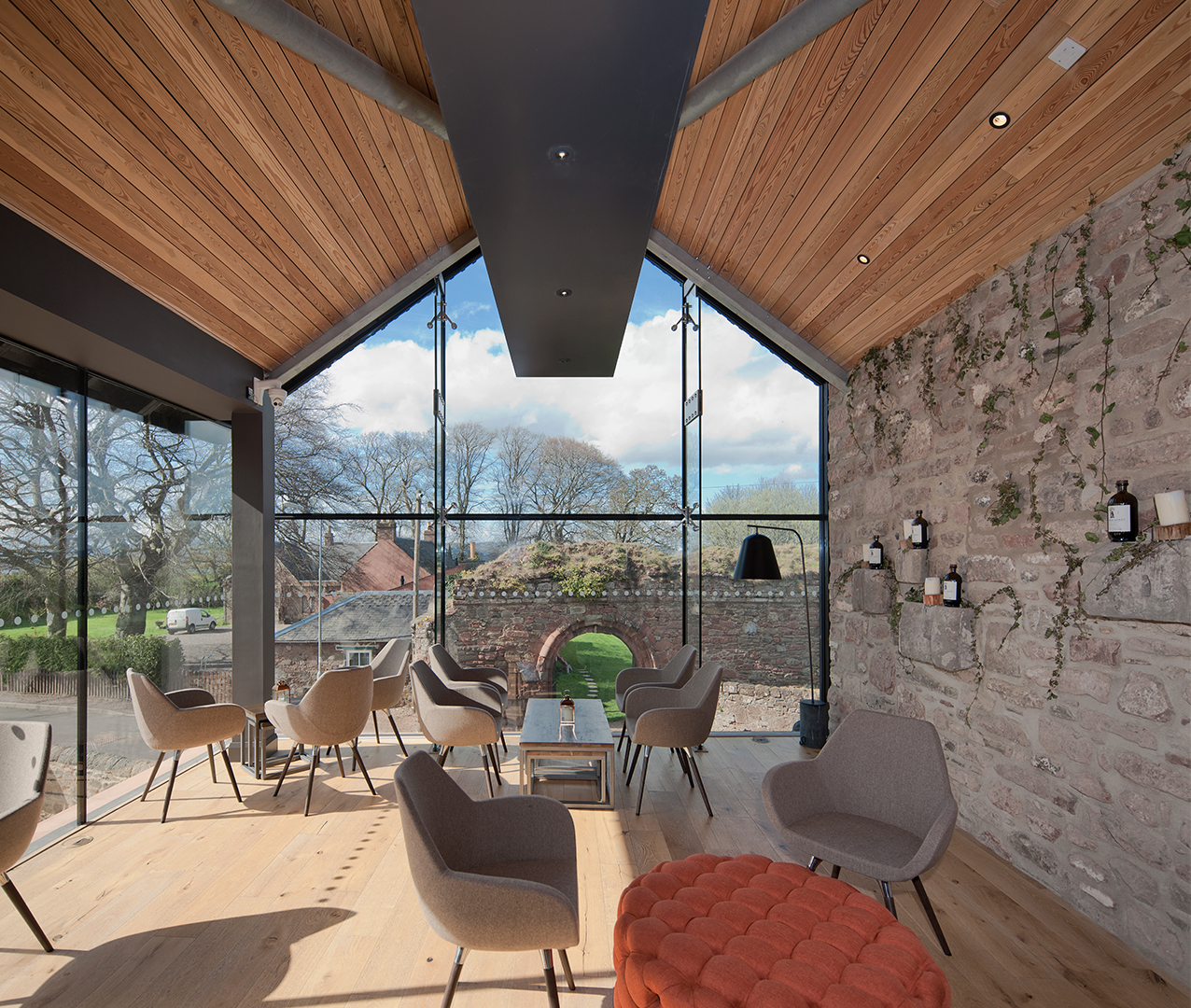

“It’s very much an attraction now, just like you can go to the Guinness factory in Dublin” Ewan Slight MRICS, Morham & Brotchie Partnership
Is the whisky making equipment the most important part of the design?
ES: I’d put it even more simply than that: you have to have good water to make whisky. There’s usually a borehole on site extracting the water from source.
Difference in taste can come from the water, down to whether you’re in east, west, north or south Scotland. I’m no expert in that but I believe it’s all to do with the water, along with the peat and the barrel.
The buildings are secondary – they’re good quality but not terribly complicated buildings. Although there is an increased fire hazard because you’re storing whisky, so you’ve got to install the right sprinkler systems and special lighting particular to that environment, which raises the cost of the building.
Is there competition among distilleries to be the most attractive to visitors?
ES: From a business plan point of view, there’s obviously been a big demand for whisky in the last few years and it’s had the double whammy in that people like to go to a distillery for a tour or for lunch. Then you can sell them a bottle of whisky at the same time. It’s very much an attraction now, just like you can go to the Guinness factory in Dublin.
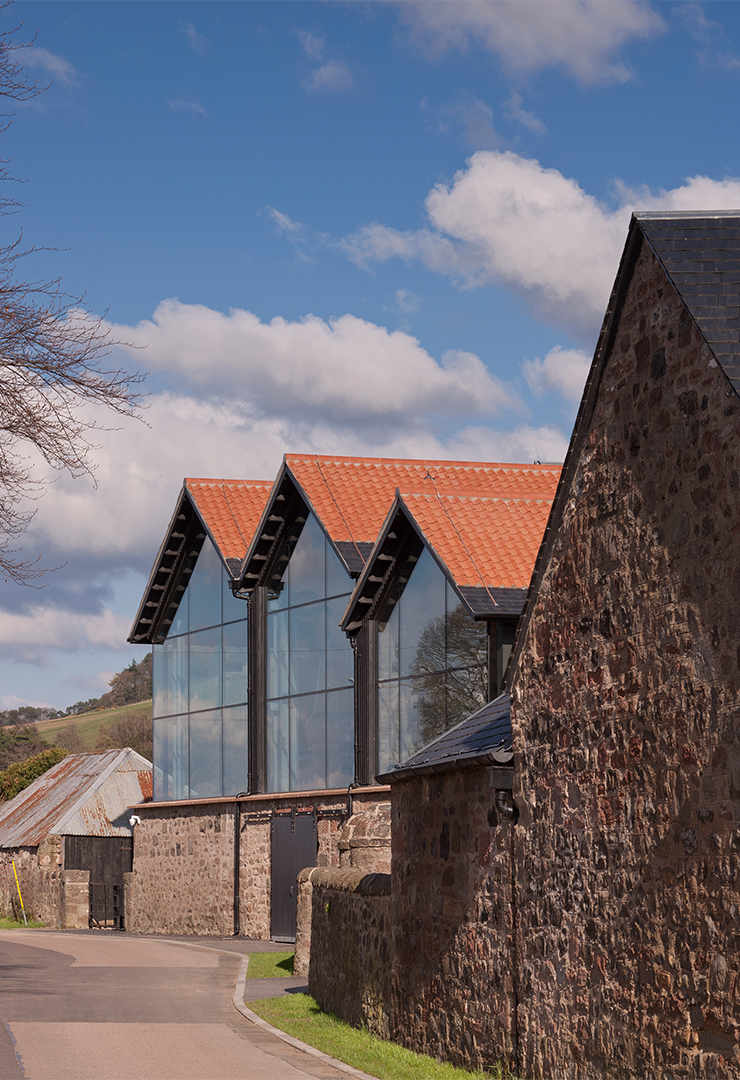

Chuan Distillery
Where: Sichuan province, China
Built: 2021
Spirits giant Pernod Ricard engaged architects Neri & Hu to design the Chuan Distillery on Mount Emei, in the Sichuan province of China. Lyndon Neri and Rossana Hu are the founding partners at Neri & Hu.
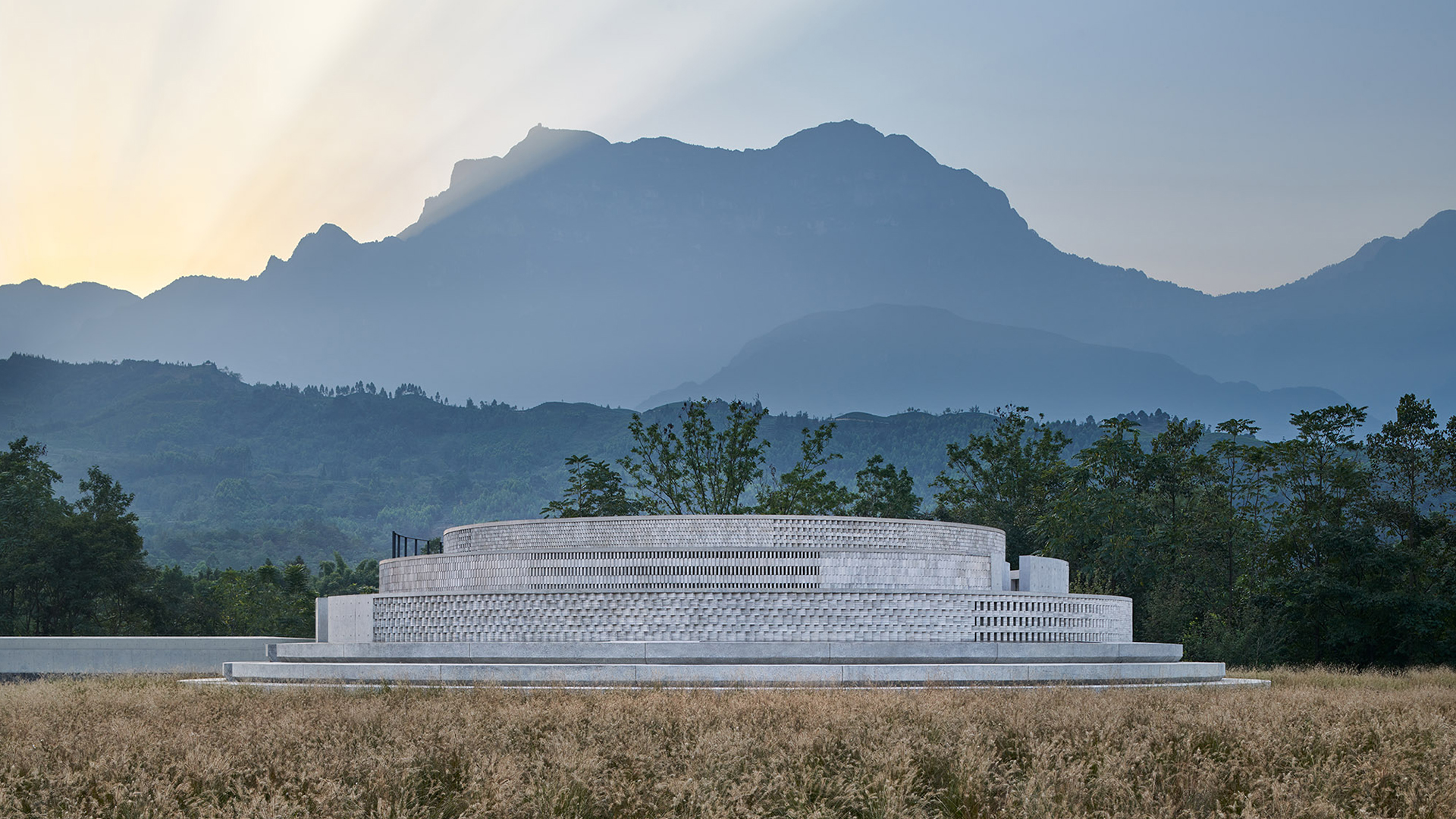
What were the key requirements in the design of the Chuan Distillery?
N&H:The design brief was for a hybrid site, incorporating both the whisky production facilities as well as the visitor centre for the distillery. The challenge was to weave together the visitor’s experience in a journey through architecture and landscape, industry and hospitality, mountain and water.
For the construction part of the project, the task was to adapt an authentic whisky making tradition from Scotland, while accommodating local building codes. For example, several parts of the production process had to be separated into different buildings due to differing fire safety classifications, which gave rise to the three long buildings with gradually descending rooflines, tucked into the natural topography of the land.
When we started the project, the whisky brand was still in the making, so there was no name, no logo, no bottle, no flavour profile – everything was built from scratch. All the brand assets developed later had their foundation in the architectural concept, which became instrumental along the way.
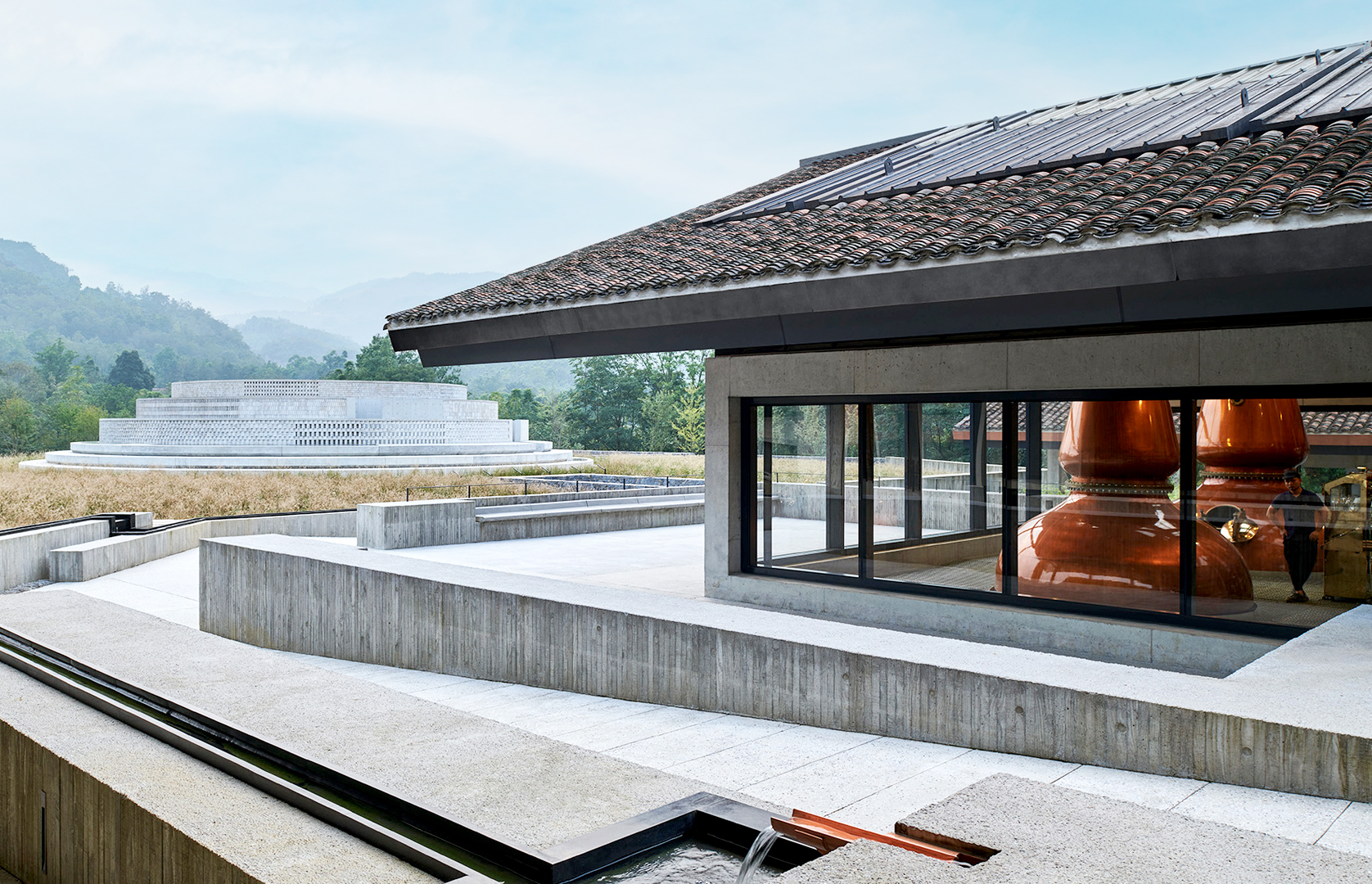
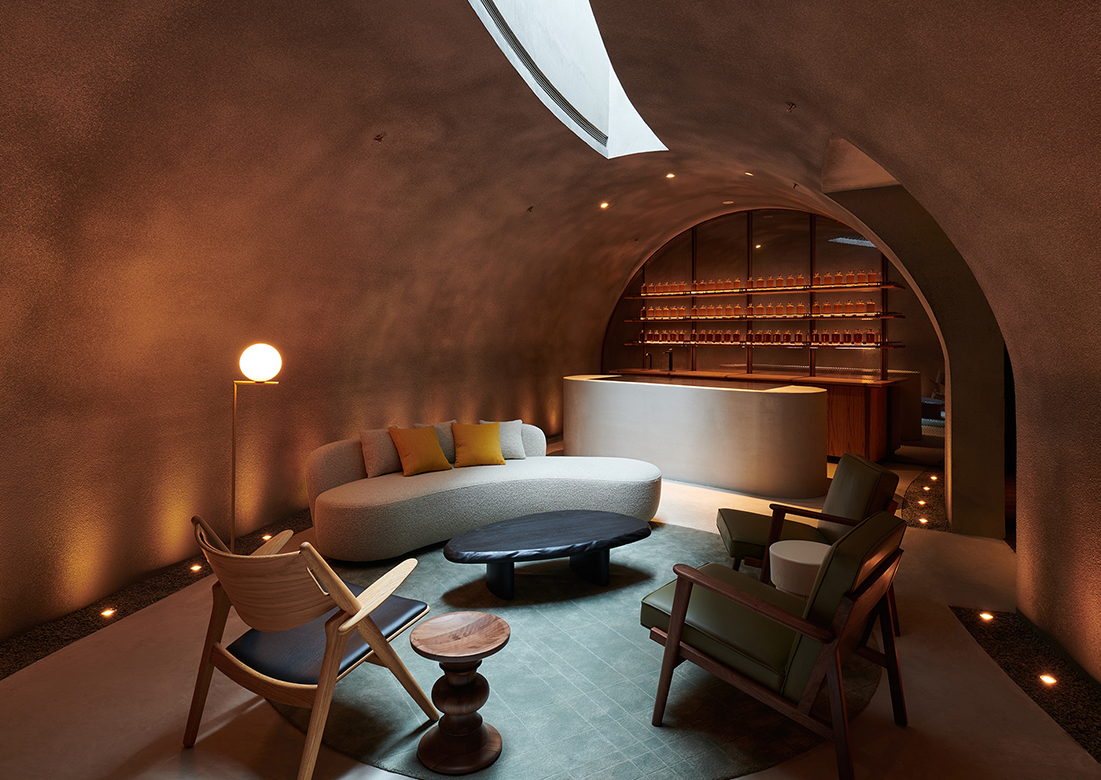
“We were intent on saving all the excavated rocks from the ground and reusing them in the façades of the buildings” Lyndon Neri and Rossana Hu, Neri & Hu architects
What impact did the location have on the design of the building? Did the weather and climate of Mount Emei create any challenges?
N&H: Our first visit was in January 2018, when it had just snowed a few days before. The site was overgrown but you could see the beautiful rustic stone walls built by farmers, which formed terraces across the land – this was one of the inspirations of our design. There were varying topographies, from gentle rock beds with trickling waters to strikingly steep rock faces that plunge vertically into the river.
Our attitude to the land was to keep a light touch. This can be seen in the way that we tucked the main industrial buildings on the northern edge of the site, while leaving the centre of the site relatively empty, with only the circular building barely rising out of the ground.
Where there was excavation and site levelling works, we were intent on saving all the rocks from the ground and reusing them in the façades of the buildings.
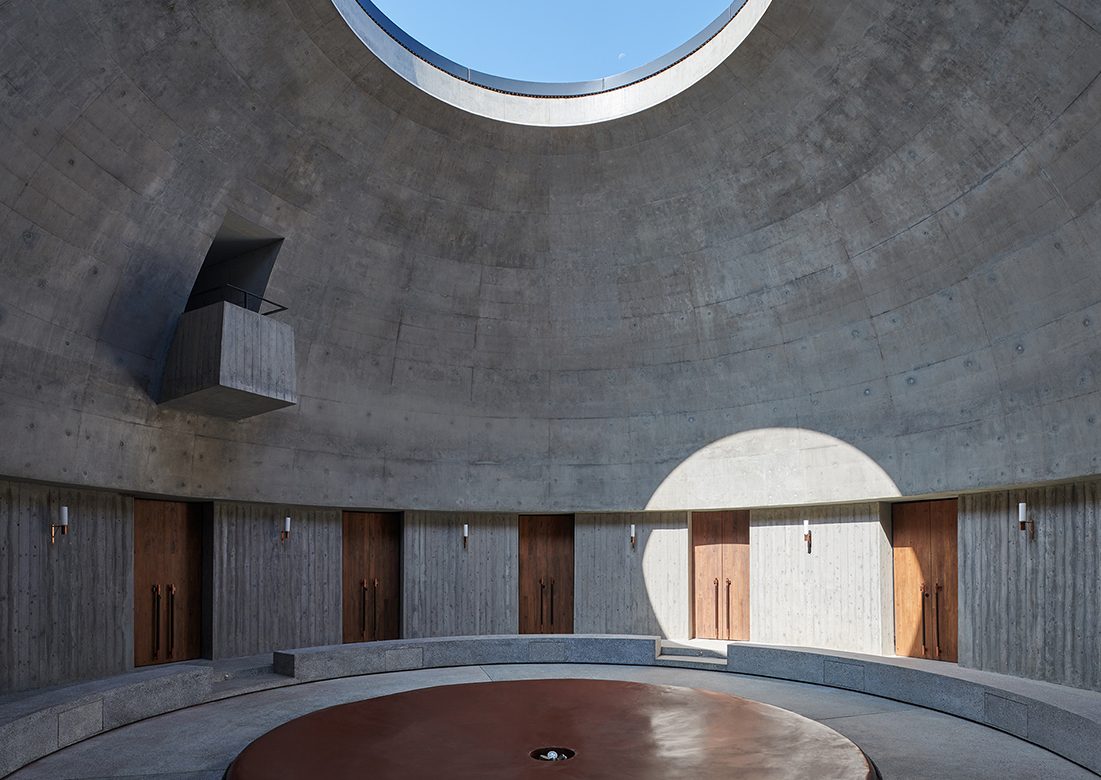

Was the design influenced by the recent growth in whisky tourism? Is it hoped that Pernod Ricard will get lots of visitors at the site?
N&H: Mount Emei itself has long been a destination for visitors. We believe that the water and mountain should remain the heroes of the project, that architecture is there to enhance it. The idea of ‘destination’ that we want people to take away is to have a truly memorable experience, not just an Instagrammable image. When you are physically there, the sounds, atmosphere, and shifting qualities of light really make it special.
Leiper’s Fork Distillery
Where: Tennessee, US
Built: 2016
Leiper’s Fork is a small batch distillery making whisky in the southern US state of Tennessee, using a pot-belly swan neck copper still. April Weller-Cantrell is vice president of research and project development.
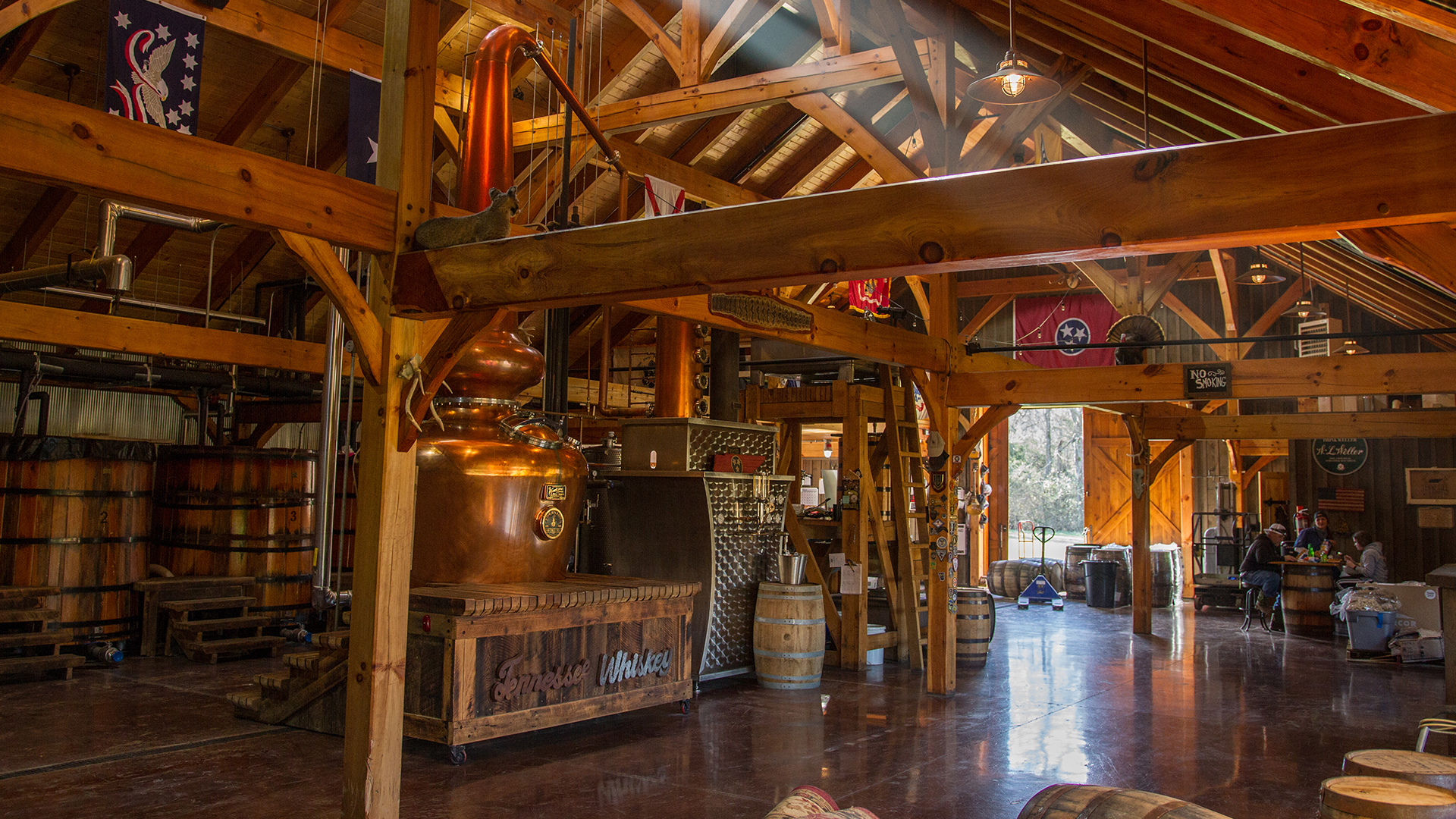
What were the big design decisions you made when building your distillery?
AWC: Whether to construct one large building which would house all our distilling and bottling equipment, as well as a retail space. In the end, because of tourism, Lee Locke Kennedy (owner of Leiper’s Fork) decided to have two buildings. The retail space – an old log cabin built in the early 1820s – would be moved to our location and restored. And a structure would be built for whisky production, known as our still house.
How does the weather and climate of Tennessee affect the whisky?
AWC: Traditionally, in Kentucky and Tennessee during the 1800s and early 1900s, distilling was primarily done during the autumn, winter, and early spring. This was because of the temperatures needed to keep your fermentation around 25-26oC to get an optimal conversion. With modern technology, distilleries no longer need to abide by those time frames for making whisky.
Our climate, with its hot summers and cold winters is ideal for ageing whisky. As the temperatures rise in summer, the oak barrel expands, and the whisky is pushed into the wood. As the temperatures become cooler, the barrels begin to shrink, and the whisky is pushed out of the wood. This process helps create a lot of the flavour of bourbon and Tennessee whisky. The barrel gives bourbon and Tennessee whisky 100% of its colour and up to 60% of its flavour.
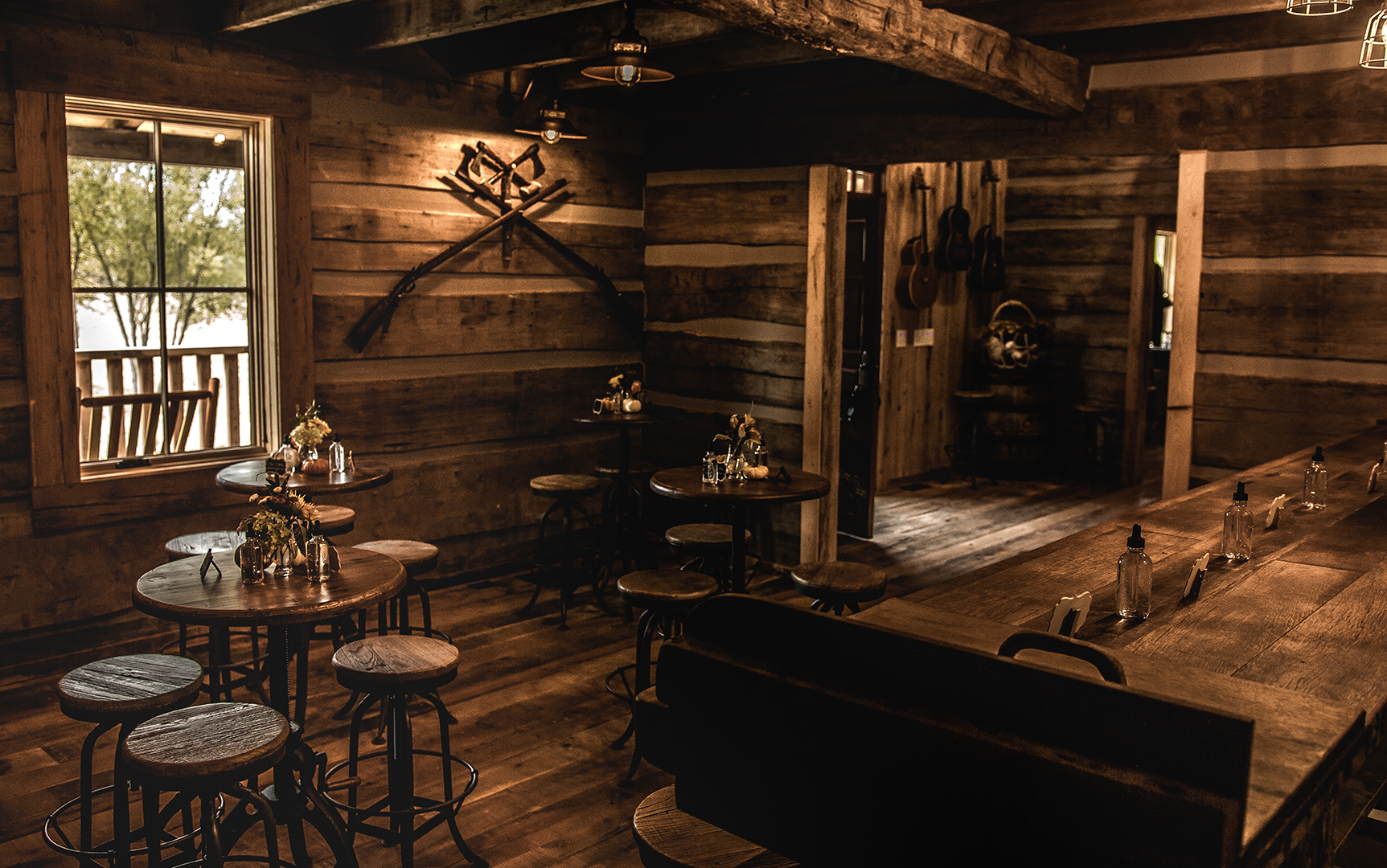
How important is to design a distillery that people want to come and visit?
AWC: Much of that decision is based on the individual’s business plan. However, there is little doubt whisky tourism is big business and it’s certainly experienced a great deal of growth over the last 20 years.
When Lee and I first met, his business plan didn’t factor in tourism upon opening. His plan was to produce and barrel whisky for at least five years, then when it was ready to bottle, he would consider opening a retail space and offer tours. I grew up in Kentucky in the heart of bourbon country, so I was very familiar with the tourism aspect of distilleries. I encouraged him to look at the benefits of whisky tourism. Lee then hired me as a consultant.
To build a successful distillery, it’s most important to make sure you can create a quality whisky. The product you create will ultimately speak for itself and create your longevity.
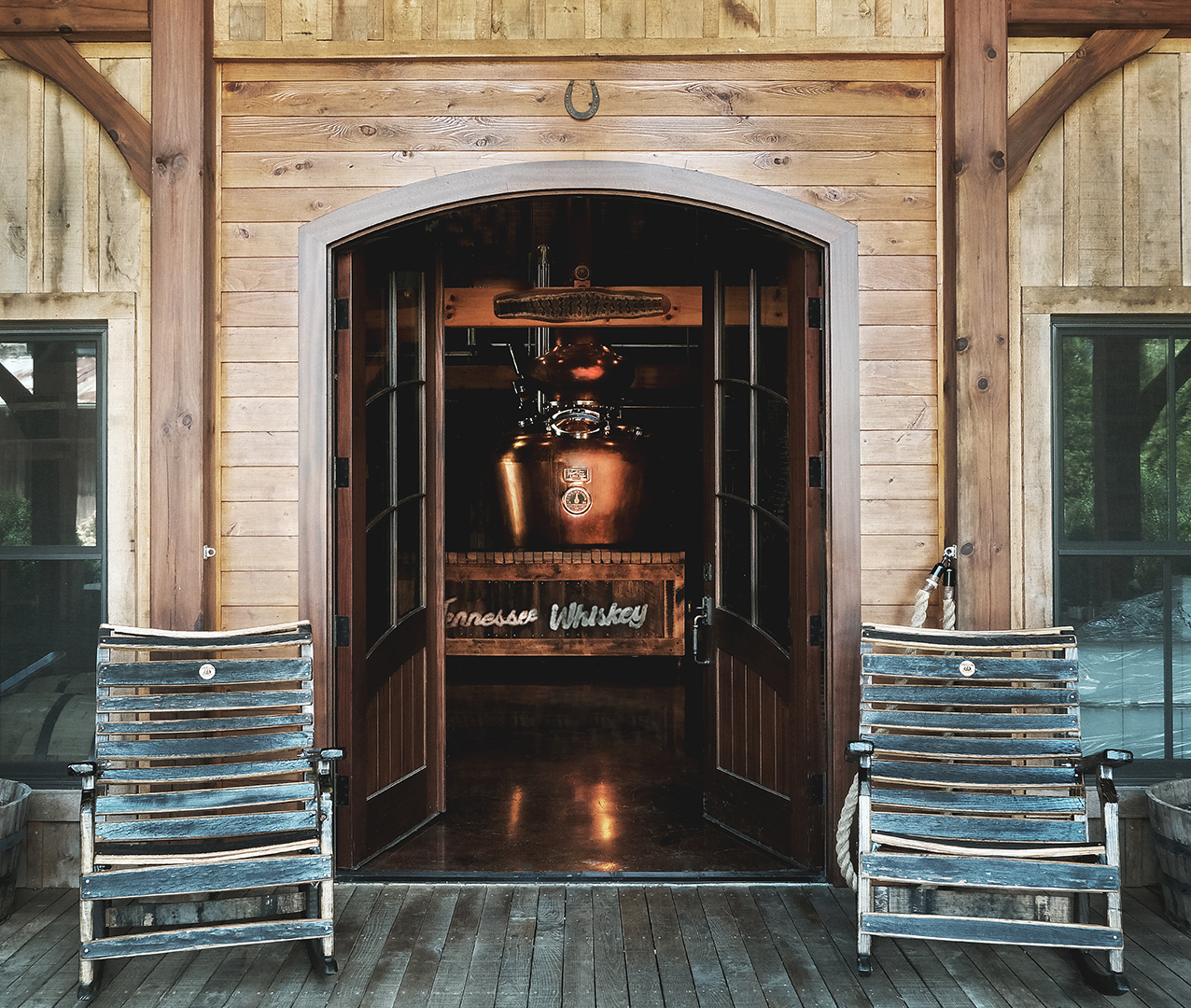
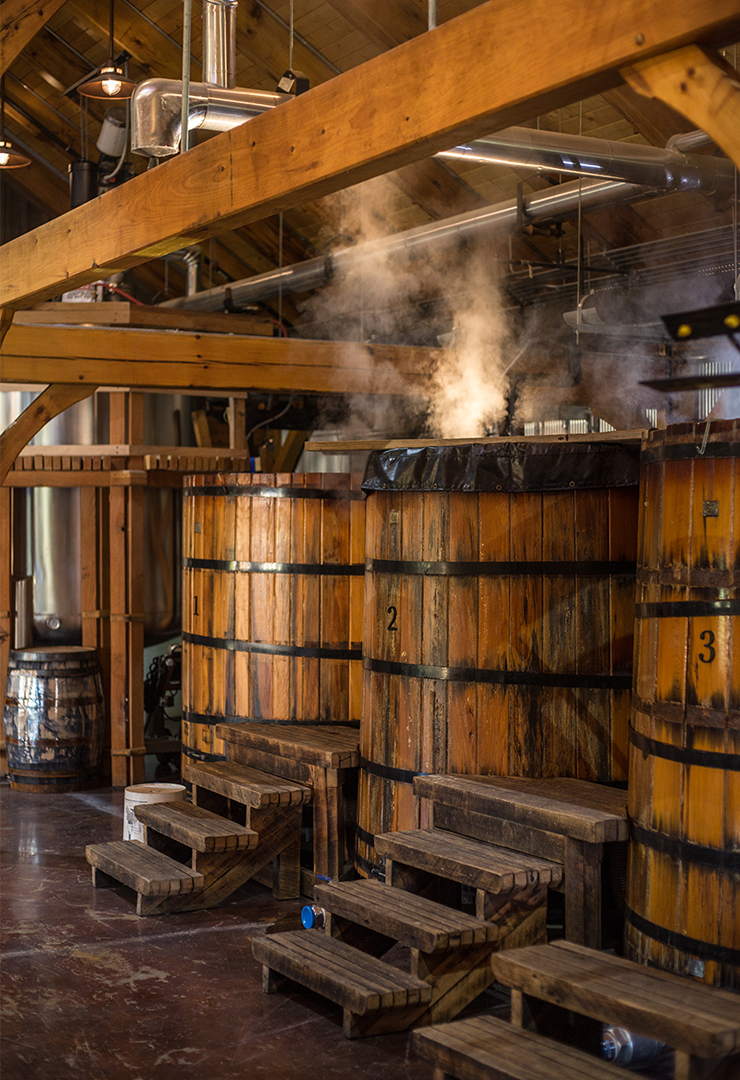
“To build a successful distillery, it’s most important to make sure you can create a quality whisky” April Weller-Cantrell, Leiper’s Fork Distillery
Cardrona Distillery
Where: Wānaka, New Zealand
Built: 2015
As well as whisky, Cardrona also produces gin, vodka and liqueurs from its distillery in the foothills of southern New Zealand’s Mount Cardrona. Desiree Reid is the managing director and CEO.
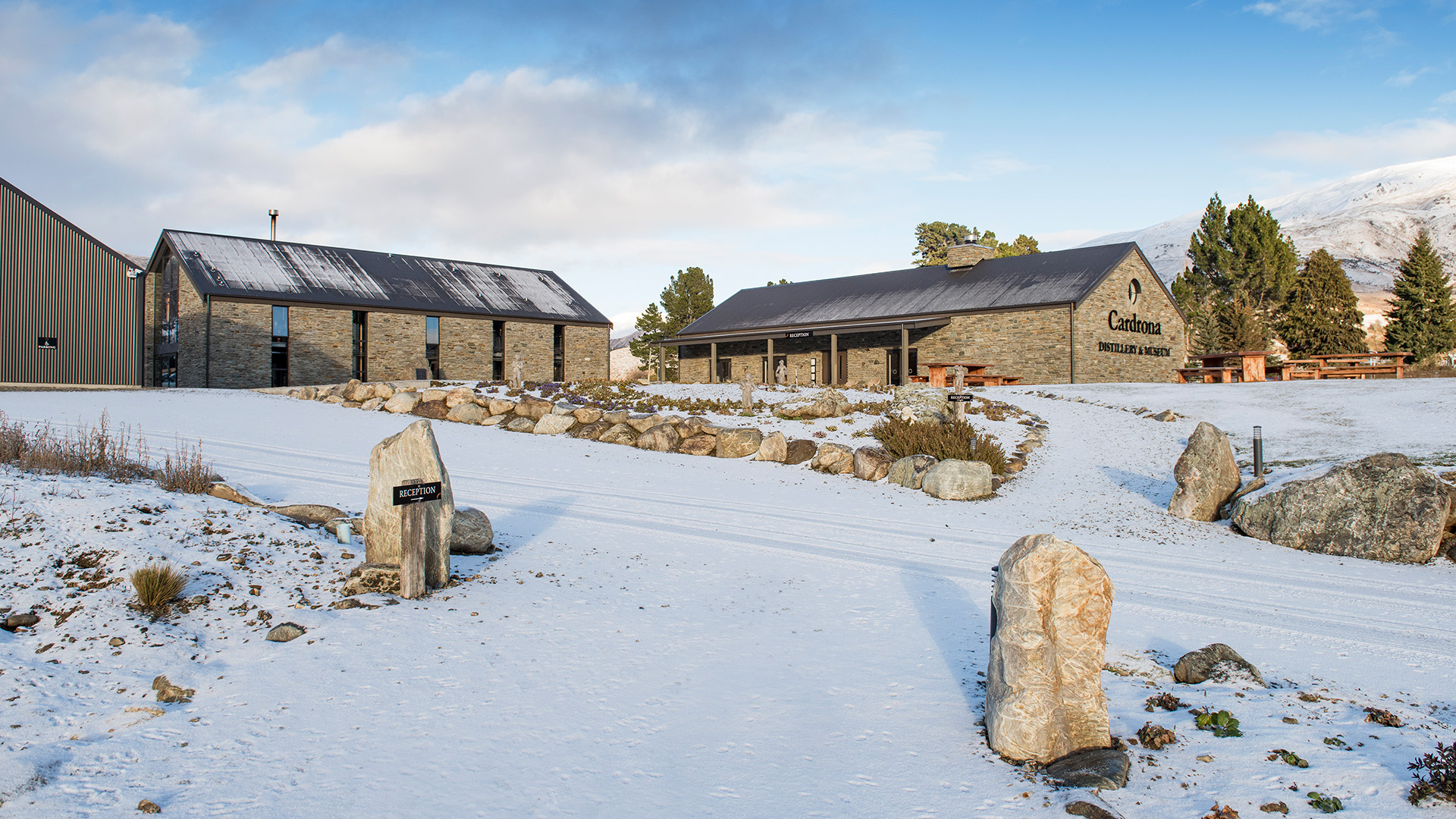
What were the most important decisions you made when you decided to start your own distillery?
DR: There were two: selecting an architect and selecting a still manufacturer. For Cardrona, the architect was the New Zealand-born genius, Sarah Scott. And our still manufacturer was the world’s best – Forsyths in Scotland. I owe both Sarah Scott and the Forsyth family a great debt of gratitude.

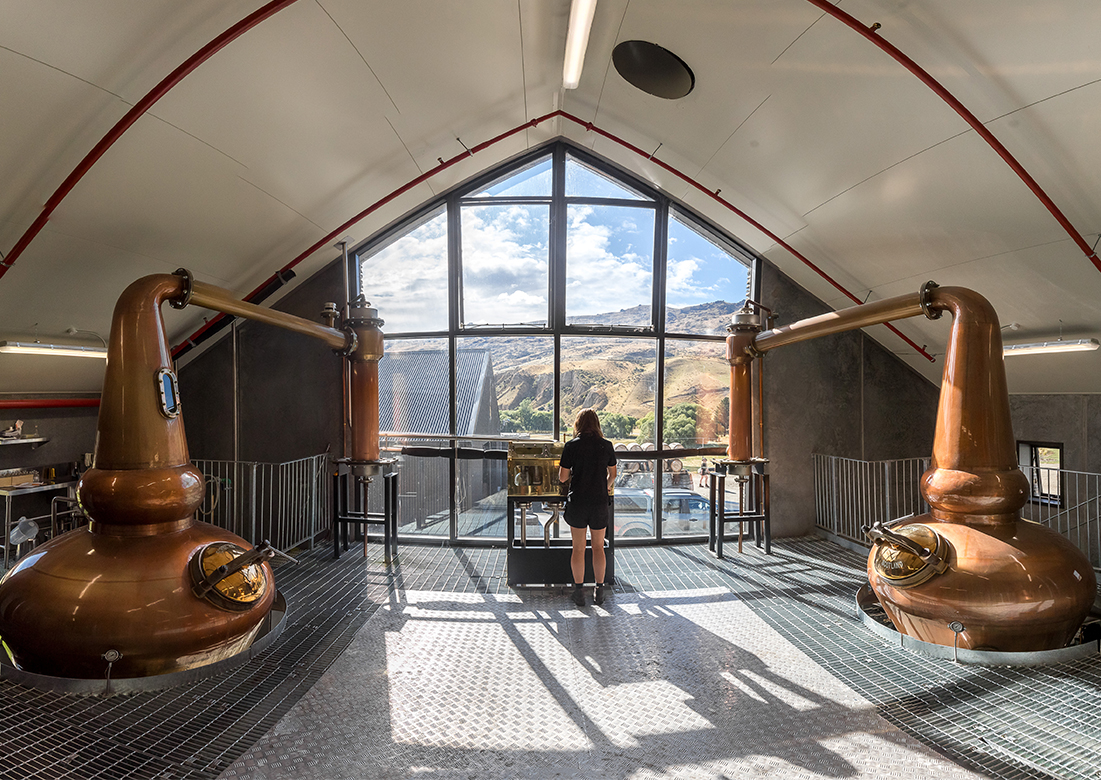
“Proximity to water is essential” Desiree Reid, Cardrona Distillery
How much can a location’s weather conditions affect the whisky produced?
DR: Cardrona is 600m above sea level and we have 0% humidity, unless it is raining. The temperature swings from -10oC in winter to 40oC in summer. Our altitude of 600m changes the boiling point of alcohol, and so, changes the way the spirit behaves in both the stills, and in the oak cask. Zero humidity also changes the way the alcohol behaves in the cask as it matures. The enormous swing in temperature creates great activity between the spirit and the wood.
Is proximity to water essential or can it be piped in from further afield?
DR: Proximity to water is essential. Cardrona's water is drawn from a well my father dug, known as ‘Alvin’s Well’. The water is used both in the whisky being made and also to cool the spirit. Most of the water used – more than 90% – is ‘borrowed’ from the water source, and then returned after we use it to cool the alcohol vapours created by copper pot stills.

